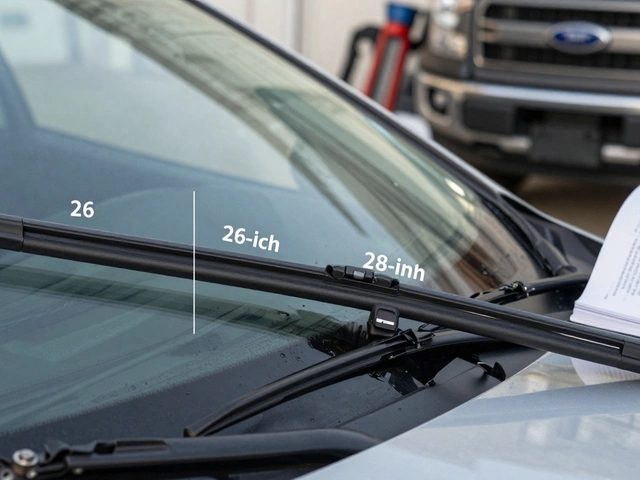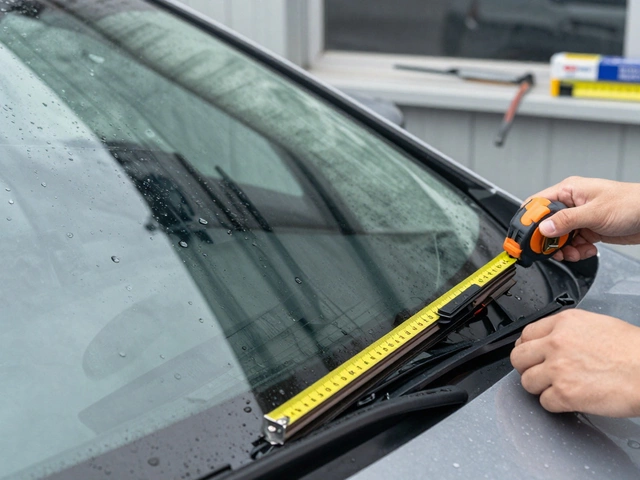Car Suspension Issues: Signs, Causes, and What to Do
When your car feels bouncy, shaky, or pulls to one side, it’s not just a nuisance—it’s a sign of car suspension issues, the system that connects your wheels to the chassis and keeps your ride stable and controlled. Also known as suspension problems, these issues don’t just make driving uncomfortable—they can seriously hurt your safety and wear out other parts fast. Your suspension isn’t just about comfort. It’s what keeps your tires gripping the road during braking, turning, or hitting a bump. If it’s worn out, your brakes take longer, your steering feels loose, and you’re more likely to lose control.
Common signs include bad shocks, damaged components that fail to absorb road impacts, which make your car bounce like a trampoline after every pothole. You might also hear clunking noises when going over speed bumps—that’s usually worn bushings or loose control arms. Uneven tire wear? That’s often a sign your alignment’s off because the suspension can’t hold the wheels straight. And if your car dips forward when you brake hard, your shocks or struts are likely done. These aren’t vague symptoms. They’re clear warnings your suspension needs attention.
Ignoring these signs doesn’t just make your ride rough—it puts stress on your tires, brakes, and even your engine. suspension diagnostics, the process of checking each part of the system for wear or damage, isn’t just for mechanics. You can spot most problems yourself with a few simple checks. Push down on each corner of your car. If it keeps bouncing more than once or twice, your shocks are worn. Look for oil leaks around the shock absorbers—any wetness means they’re failing. And if your steering feels vague or your car drifts when you let go of the wheel, it’s time to get under the car and inspect the control arms, ball joints, and sway bar links.
Most people wait until the suspension feels awful before doing anything. But by then, you’ve already damaged your tires, worn out your brake pads faster, and possibly hurt your steering system. Fixing suspension issues early saves you hundreds, sometimes thousands. Replacing shocks before they’re completely dead means you won’t need new tires right after. Fixing a loose ball joint now prevents a catastrophic failure on the highway. The parts are affordable. The labor isn’t crazy. But the risk of waiting? That’s where the real cost lives.
Below, you’ll find real guides from drivers who’ve been there—how to tell if your shocks are gone, what causes suspension damage, how long you can drive with bad parts, and what to check before you spend money. No fluff. No theory. Just what you need to know to fix it right, save money, and stay safe.






